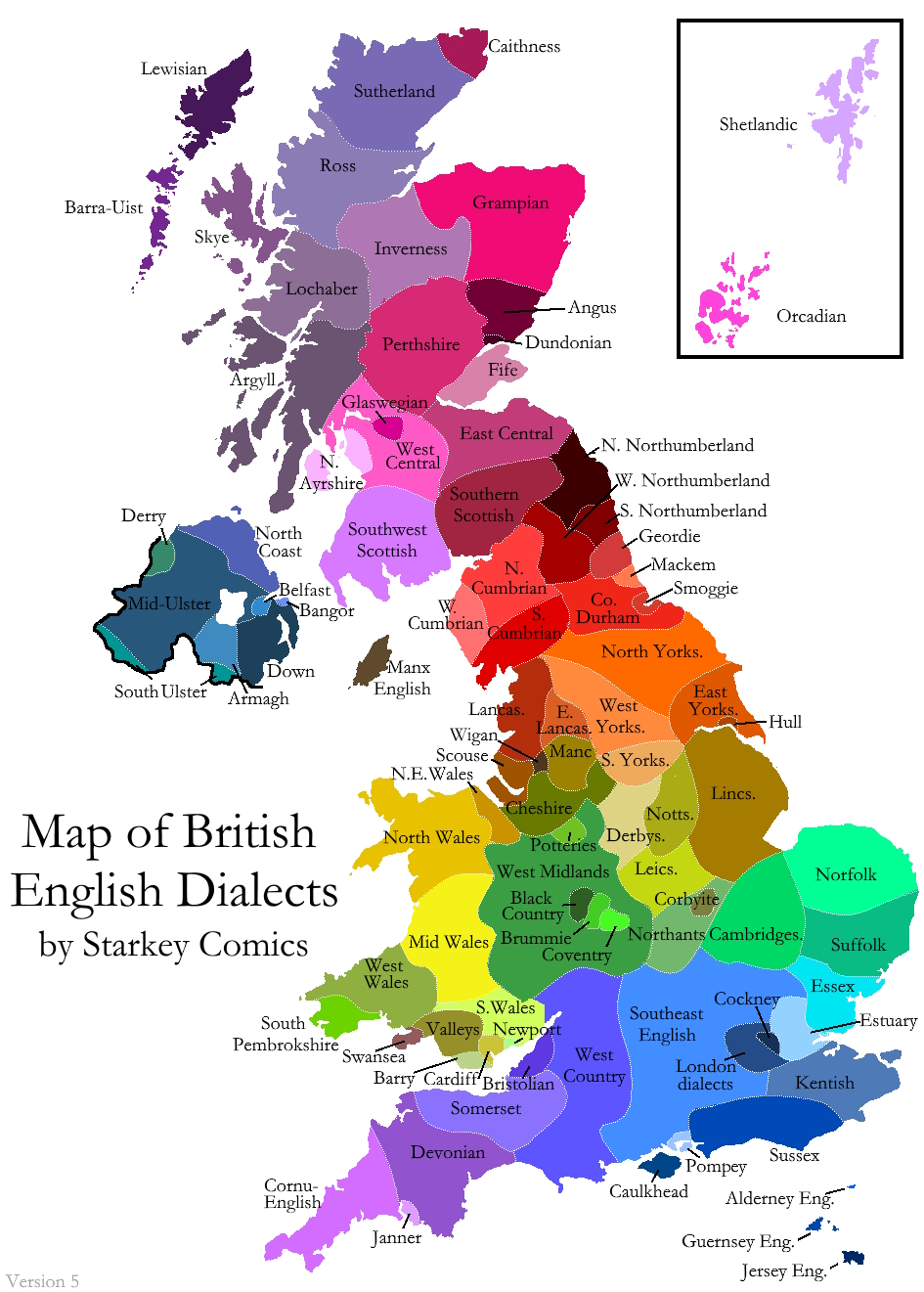Are Canadians getting their money’s worth from their health system?

Is Canada’s health care system delivering? One simple way to measure its effectiveness versus that of other countries is to plot life expectancy versus per capita health expenditure. It is reasonable to expect that spending more on health care should lead to better overall health and hence longer life expectancy. If this is true, the trend line in the chart should be a straight line sloping upward from left to right. But that isn’t what is happening. In fact, life expectancy in the chart seems to vary inversely with health care expenditure. More spending certainly seems to be counterproductive. But more likely, the additional spending is not being put to good use. Here are some possible reasons why: dedicating scarce resources to costly but ultimately ineffective end-of-life treatment, overprescribing drugs and yes, unduly high pay levels for practitioners – at least relative to peer countries. In the chart, the worst performer is clearly the United States, while the best appears to be Japan. Canada’s performance is only middling. A possible message to Canada’s politicians during this election period is to press for smarter use of our health dollars rather than simply throwing more money at the existing system. The chart also suggests that the health of a population depends on factors other than overall expenditure. A greater focus on prevention rather than treatment might lead to better health outcomes. In the chart, health expenditure is based on the year 2022 and is expressed as an index. On this scale, the score for the U.S. comes in at 258 versus 126 for Canada and just 100 for all OECD countries combined. Life expectancy is measured as of 2023. As an aside, kudos to Albania, which spends only one-20th as much per capita as the U.S. and still manages to enjoy a longer average life expectancy. Frederick Vettese is former chief actuary of Morneau Shepell and author of the PERC retirement calculator (perc-pro.ca)


















